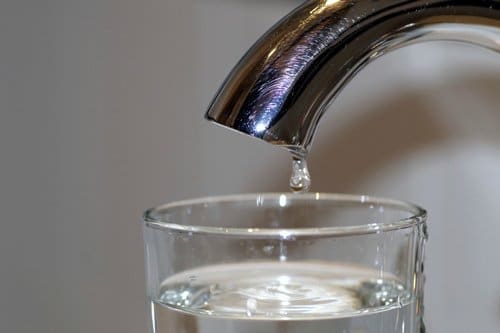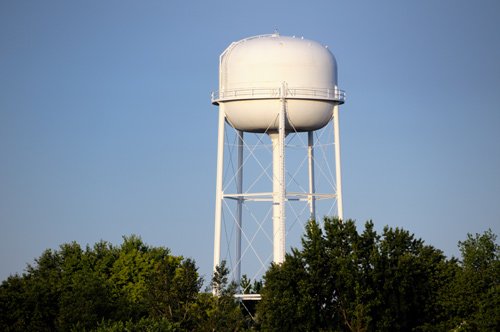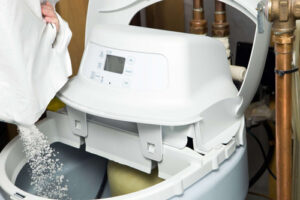Wondering why your water tastes like chlorine? The answer is straightforward: your drinking water has chlorine in it. Water authorities across the United States, including Maryland, add chlorine to water to kill off bacteria and other microbes. While the amount of chlorine in your water is likely quite low, it can leave a bad taste and be harmful to your health.
Fortunately, by using the right filters, like Hague’s 62ABE Salt-Free System, you can remove most of the chlorine from your water once it arrives to your home. This will not only improve the taste of your water, but it will also protect your body from harmful levels of chlorine. A certified water specialist can test your water and inform you of the best solution.
Roughly 85 percent of Americans get their water from a municipal water authority. The vast majority of these authorities use chlorine or monochloramine to disinfect water. In 1897, Maidstone, England became the first city to add chlorine to its entire water supply.
Starting in 1908, many municipalities in the United States started adding disinfectants to their drinking water. In 1910, Baltimore began adding chlorine to water, and many other Maryland cities quickly followed suit.
Overall, chlorine has been an affordable and effective solution for water municipalities for several years. The occurrence of water-borne illnesses have declined rapidly, and water has become much safer to drink. Still, there are legitimate concerns regarding chlorine.
Some countries have even opted out of using “residual” disinfectants. A residual disinfect is a disinfectant that remains in the water after it leaves the treatment plant, like chlorine. Managing a water system without a residual disinfectant is more difficult because the water authority must make sure that no biological matter makes its way into the pipes. If organic matter does become present, it could cause bacteria to grow.
Chlorine will inhibit microbial growth even if biological matter does make its way into the water supply. Residual disinfectants are often required in the United States and essentially all municipal-provided drinking water in Maryland will have some chlorine in it. That being said, most people dislike the taste of chlorine, which often leaves a chemical taste.
Since people do not have control over the chlorine put into the water supply, different filtration systems have been created to remove any chemicals present in water. A qualified water specialist can explain the benefits and differences between UV light systems, reverse osmosis systems, and chlorine removal systems. The right system will ensure great tasting water is available in your home or business.
Not only does chlorinated water have an undesirable taste, some research has also linked chlorine in drinking water to increased prevalence of cancer in the bladder and rectum. Other researchers, however, have refuted this claim.
Even if chlorine does not cause cancer, it could damage your hair and irritate your skin. Your hair may be left brittle and may fall out after exposure. Chlorine is also a bleaching agent, so it could dull your hair and clothing.
Either way, removing or reducing the chlorine in your water will allow you to enjoy better-tasting water without compromising your health. With the right filter, such as a PURA UV20 filter, you can provide clean water for your entire home, thus allowing you to enjoy better showers and purer tasting water.
Contact the water experts at Hague Quality Water of Maryland for a free in-home water test to determine the best water treatment solution. From the Hague WaterMax® BEQ for city water to our various filtration systems for chlorine, iron, sulfur, and more, we can help you get started on the path to better water today!





